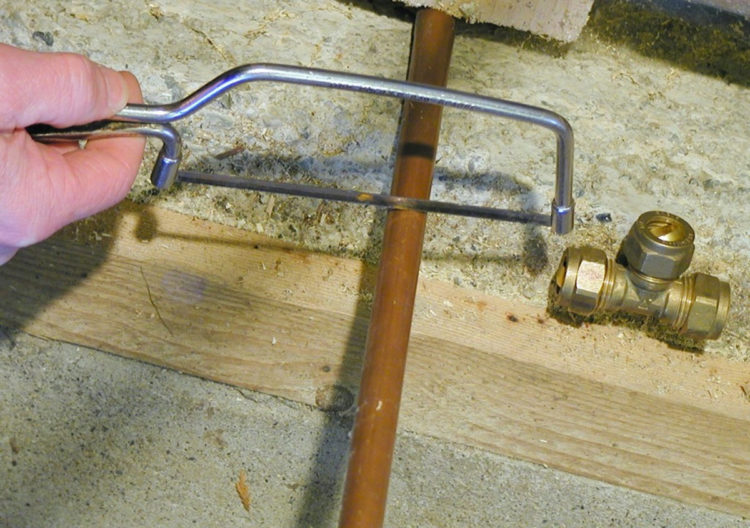
Why Pipe Freezing is a Problem
When water freezes it actually expands. Because of this frozen water exerts significant pressures on whatever is containing it – in our case that would be pipes.
What pipes are most susceptible to freezing?
Pipes that are exposed to severe cold, like outdoor hose bibs, swimming pool supply lines, and water sprinkler lines.
Water supply pipes in unheated interior areas like basements and crawl spaces, attics, garages, or kitchen cabinets.
Pipes that run against exterior walls that have little or no insulation.
How to Protect Pipes From Freezing
Protect your pipes from freezing by following these recommendations:
Drain water from swimming pool and water sprinkler supply lines. Do not put antifreeze in these lines unless directed. Antifreeze is environmentally harmful, and is dangerous to humans, pets, wildlife, and landscaping.
Install products made to insulate water pipes like a “pipe sleeve” or installing UL-listed “heat tape,” “heat cable,” or similar materials on exposed water pipes.
Remove, drain, and store hoses used outdoors. Close inside valves supplying outdoor hose bibs. Open the outside hose bibs to allow water to drain. Keep the outside valve open so that any water remaining in the pipe can expand without causing the pipe to break.
Look in the garage, and under kitchen and bathroom cabinets. Both hot and cold water pipes in these areas should be insulated.
Add insulation to attics, basements and crawl spaces. Insulation will maintain higher temperatures in these areas.
If possible consider relocating exposed pipes to provide increased protection from freezing.
How to Prevent Frozen Pipes
Keep garage doors closed if there are water supply lines in the garage.
Open kitchen and bathroom cabinet doors to allow warmer air to circulate around the plumbing. Be sure to move any harmful cleaners and household chemicals up out of the reach of children.
When the weather is very cold outside, let the cold water drip from the faucet served by exposed pipes. Running water through the pipe – even at a trickle – helps prevent pipes from freezing.
Keep the thermostat set to the same temperature both during the day and at night. By temporarily suspending the use of lower nighttime temperatures, you may incur a higher heating bill, but you can prevent a much more costly repair job if pipes freeze and burst.
If you will be going away during cold weather, leave the heat on in your home, set to a temperature no lower than 55° F.
